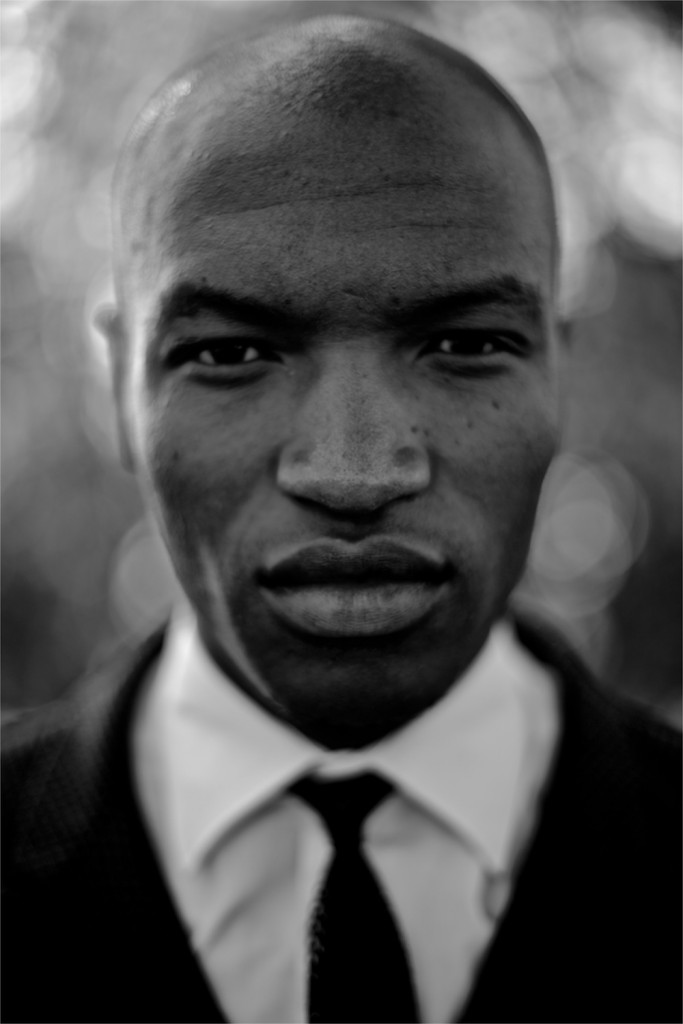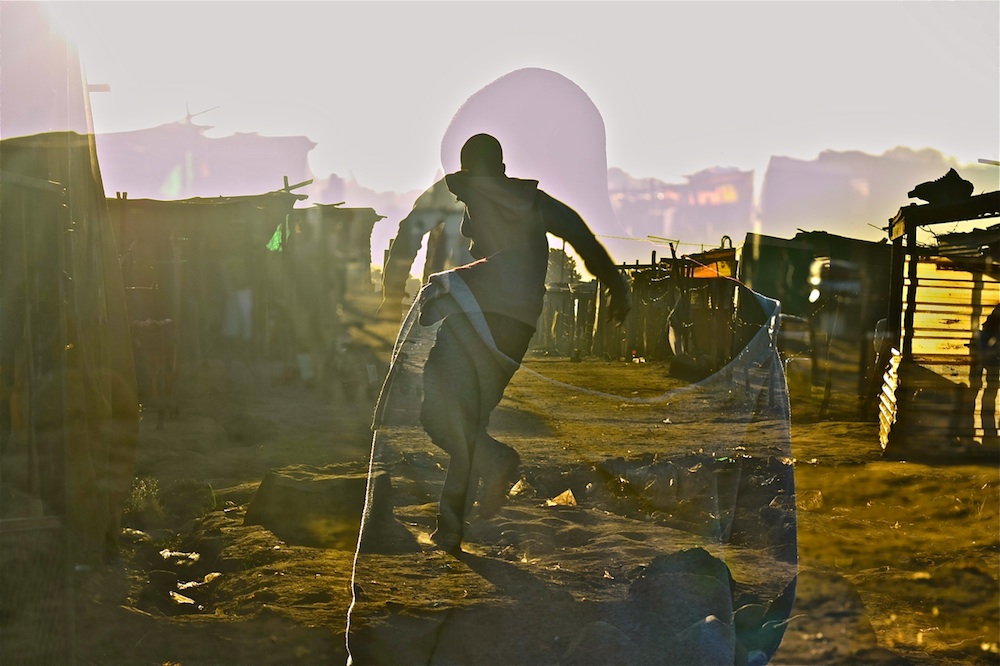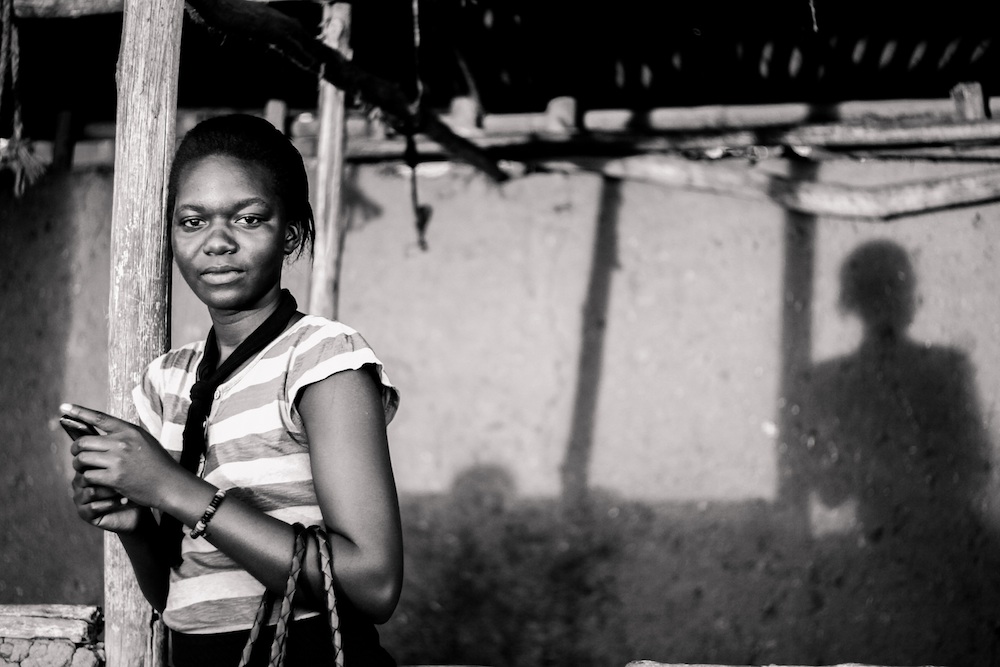A movement of new African photography
Conflicts, poverty, diseases and misery those are unfortunately still the general aspects with which foreign media characterizes the African continent. Heartbreaking images just sell a lot better then pictures of happy, smiling Africans. Yet there are enough photographers, domestic and foreign, who are also willing to show the other side of life and go in-depth to portray Africa through the eyes of professionals who actually do care about this continent.
The visual resurrection of a continent
Giving those without a voice hope and a goal, that’s why Joe Lukhovi undertakes on his endless journey to photograph the real life in Kenya. The 24 year old photographer from Nairobi feels it’s his duty to show the ‘invisible reality’ of his African home country and shine a light on those aspects that many foreigners never get to see. Without any photographic education – those were not available in Kenya at the time – he just went into the streets and developed himself into a documentary photographer. ‘Photography is my way to let the identity of closed communities emerge. It’s plainly wrong to only show the negative sides of a country and skip the positive ones. We have been the victim of twisted foreign reporting that only serve the wrong purposes. As an African it therefore feels as my task to show people the true image.’
 Portraits of Africa © Anthony Bila
Portraits of Africa © Anthony Bila
Lukhovi doesn’t stand alone in his opinion about the imaging that since decennia exists of the African continent. Also the South-African Anthony Bila, founder of the picture blog ‘The Expressionist’ and also autodidact, is tired of the misconceptions and prejudices about his continent. ‘That’s why I take it to the streets in South Africa to show my country on a day to day basis. I won’t to step off the one dimensional view that is being fed to us by international mass media. Africa is anything but lost, instead it’s a place full of possibilities and beauty. We Africans can tell our own story in our own way.’ Putting the continent into a new perspective, with a fresh and new look and at the same time show a deeper layer. That’s exactly what a new wave of contemporary photographers who work on the African continent have in mind. And luckily they’re not alone in this, because a growing number of international colleagues support them.
Europeans in Africa
Like the 33 years old German photographer Marc Hofer for example, who quit his successful job at Microsoft to chase his dream of becoming a photo journalist. From his post in Kampala, Uganda, he covers South and East Africa with a refreshing point of view. ‘In the contemporary photo journalism on the African continent I see to much artistic manipulation. Foreign photographers only think about what their audience wants to see, not about what they should actually show. It’s so easy to get carried away by what sells, but at the same time very dangerous. It’s the main reason that Africa at this moment has such a bad and negative reputation; photographers have been looking and portraying this continent in a much to simplistic and sensational way for much to long.’ He as well sees an image that therefore is solely focussed on problems and conflicts, but there is hope. Hofer sees himself as part of a countermovement that has been growing the past few years: foreign photographers who try to broaden the vision on Africa by capturing the continent with an open mindset. ‘Well informed professionals who dive into background stories and show all sides of a story.’ Together with the their domestic colleagues they can create a context and reach international media, resulting in a more balanced picture of the continent that can actually contribute to improving the living situation of many Africans, instead of being counterproductive.’
 Township Diaries © Anthony Bila
Township Diaries © Anthony Bila
While Bila in Johannesburg goes into the townships to photograph the fashion and street cultures, Lukhovi visits the garbage dump of Dandora in the east of Nairobi for his series ‘Scavenging Boma’ to show the hope that can radiate from even the hardest of realities of living in wretched conditions. ‘I want to show South Africa to the world and the world to South Africa’, says one. ‘With my images I try to show the hope and success of people’, continues the other. ‘Our continent is full of blessings and even though it gets tagged as lost, there are more the enough beautiful and exhilarating stories to be told. Photography is the best medium to show these hopeful sides of the continent.’ That’s exactly the reason Dutch photographer Martin Waalboer uses it to capture the life in troublesome countries like Liberia (where he documented the life in the town of Harper), Ivory Coast, Burkina Faso and Guinea-Bissau from a cultural and artistic point of view. According to him foreigners have seen so much extremes coming from the these places, that they consider it to be normal. ‘Therefore I focus on average people, like a chronicler of daily life. We should be reporting like it’s a freak show over there, but find special things in the ordinary. They’re also just people like you and I’, he reflects.
 A Town Called Harper © Martin Waalboer
A Town Called Harper © Martin Waalboer
Different yet the same
Whether they’re domestic (Lukhovi and Bila) or foreign photographer (Hofer and Waalboer), they share the same values and goals: change the cliche image of Africa, step away from the stereotypical sensation coverage and go in-depth with the people. Even though getting published when covering stories about day to day life, the all want to keep showing the possibilities and potential of the countries they operate in through photography. Like Bila did with his ‘Township Diaries’ and ‘Portraits of Africa’ for example: personal projects that go deeper and show a fascinating aspect of a continent that deserves a more balanced photographic coverage then currently present in international media. If this growing group of conscious photographers together with their national and international dedicated colleagues can really change the image of the African continent in foreign media is a question that cannot be answered yet. ‘At least we can try’, they all agree, ‘to take away some of the preconceptions and misconceptions by portraying common people and documenting daily life’. According to them Africans shouldn’t allow outside media to tell them what is happening in their own countries: they should take matters into their own hands and take control of the imaging on their continent. Luckily this sense of responsibility is growing and by collaboration with counterparts from abroad this new image of Africa will eventually reach foreign audiences. Only is this way can they together take away this mark of lost continent in a photographical way.
Read the original article on This is Africa









